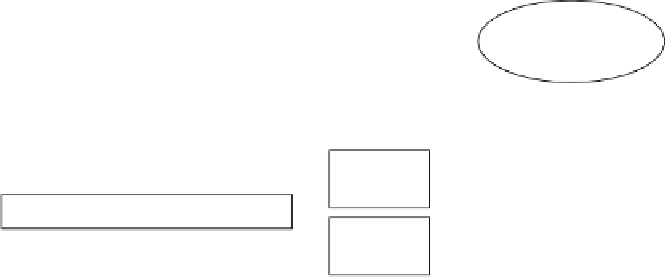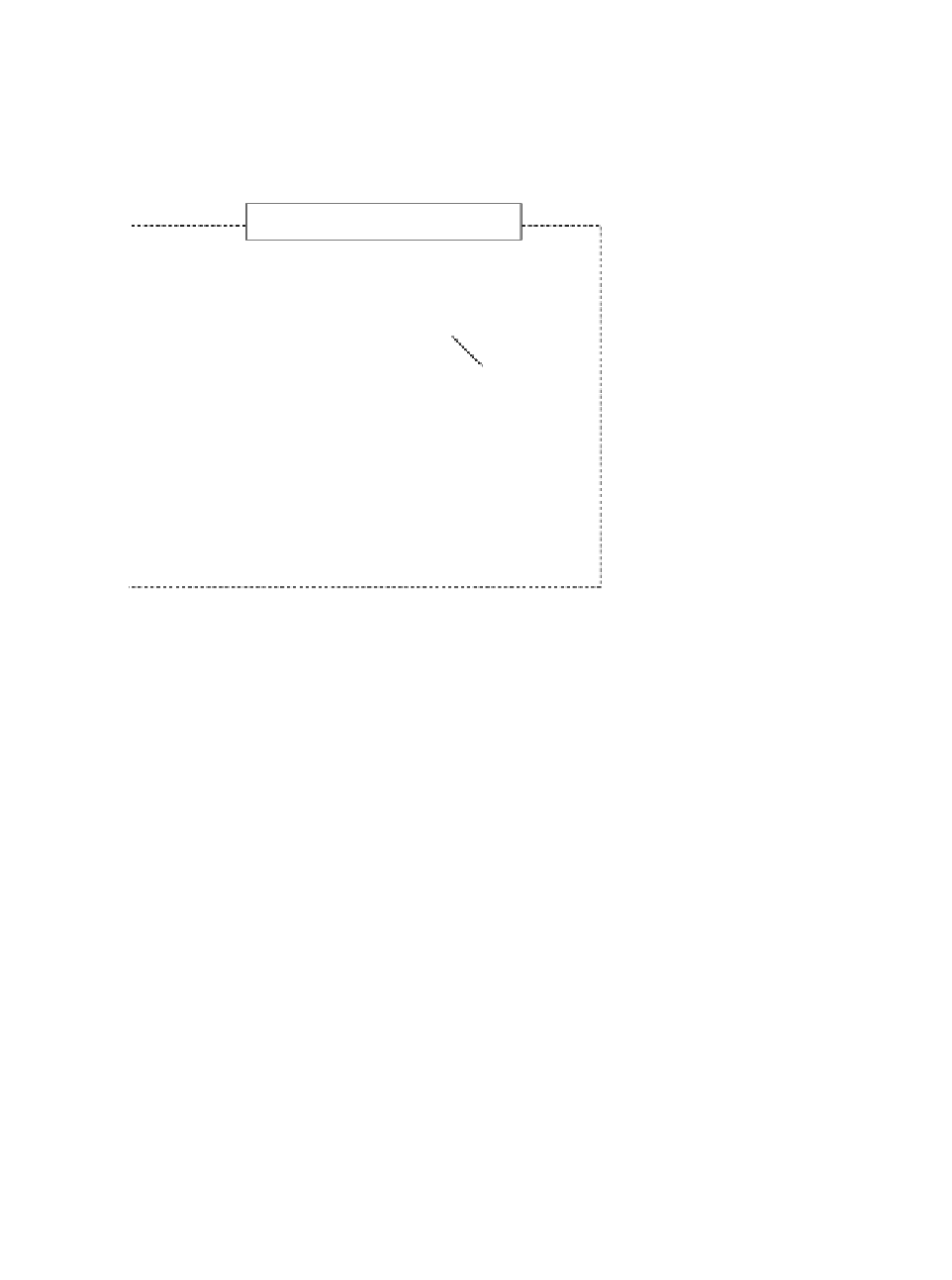Geoscience Reference
In-Depth Information
Monitoring
Modeling dedicated studies
External
forces
Model calibration
and verification
Short-term data collection program
Simulated
variables
Internal
model
parameters
External
forces
Regular running
of model
Current data supply and updating
Indicator
variables
FIGURE 7.3
Monitoring and modeling dedicated studies.
The modeling dedicated studies mentioned above are represented in Figure 7.3,
where they are shown as rectangular boxes. The related types of modeling activity
(for which the data are used) are noted by ellipses. Direct and feedback information
streams are illustrated by arrows. These modeling dedicated studies will now be
discussed, focusing on modeling-related problems.
7.4.3
S
HORT
-T
ERM
D
ATA
C
OLLECTION
FOR
M
ODEL
I
MPLEMENTATION
This special kind of study is executed during fixed periods only and is aimed at
assisting in the model implementation process (
see Chapter 6 for details).
At this
phase, precisely specified field data collecting programs are usually undertaken to
determine the following: (1) initial values for all simulated variables; (2) time series
for some simulated variables chosen as calibration variables at some calibration
points of the studied area during this fixed period; and (3) corresponding time series
for all boundary conditions. The series obtained are divided into both a calibration
set used for model tuning and a validation set used for model verification.
As a typical example,
Table 7.1
presents the specification on data collection
aimed at hydrodynamic module calibration (usual monitoring period is 2-3 months)
and calibration of an advection-dispersion module with salinity as the natural tracer
(minimum period is 2 years; the first year is for model calibration, the second year
is for model validation).


























Search WWH ::

Custom Search